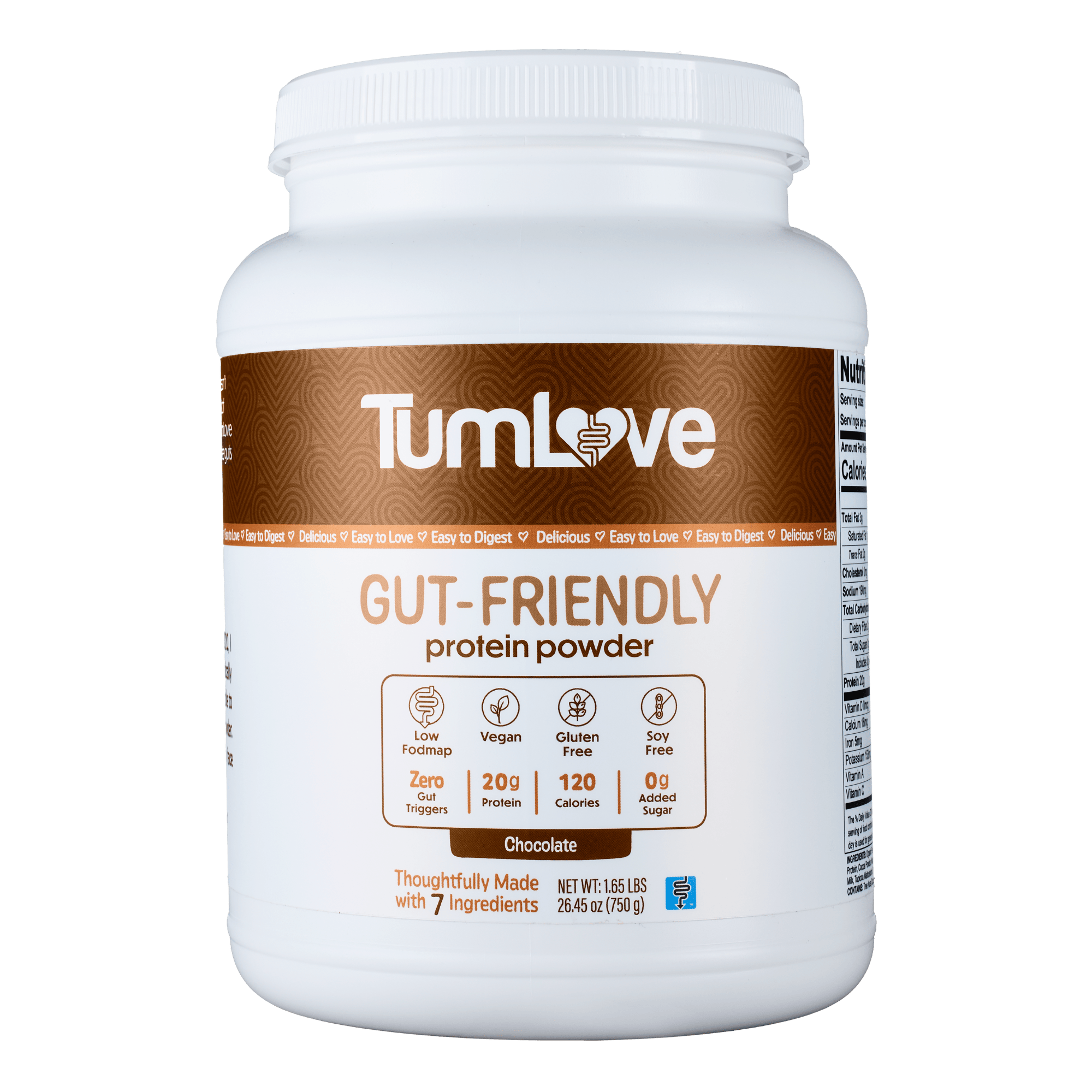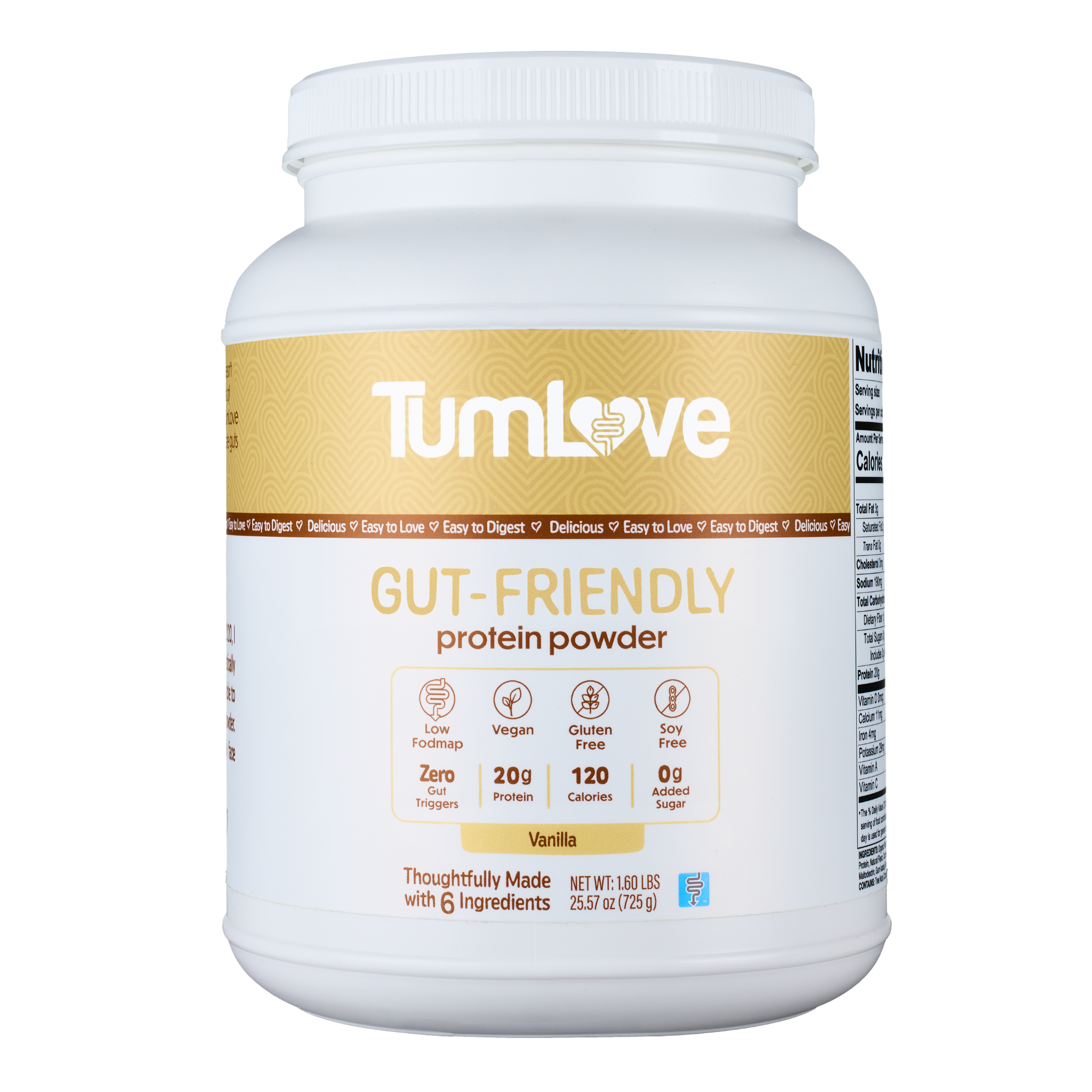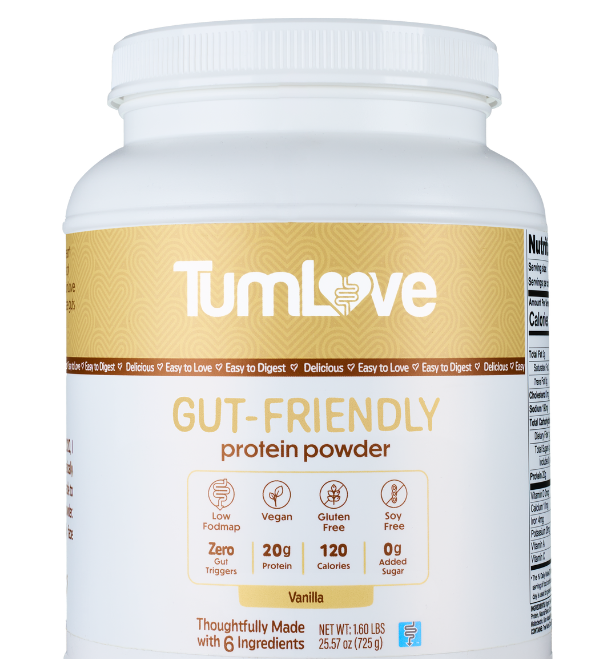Step behind the scenes and explore the captivating journey of crafting premium protein powder with TumLove. Discover the meticulous care and dedication that go into creating a product that's not only effective but also gut-friendly. Join us as we reveal the secrets behind our exceptional protein powder, ensuring you enjoy every sip with confidence and satisfaction.
★★★★★
"Now I can do what I love while feeling great!"
- Lileia S.
How Protein Powder is Made from Source to Shake
The fitness and wellness world has embraced protein powder as a versatile and convenient way to support dietary goals and nourish the body. But have you ever wondered about the journey behind the protein-packed powder you add to your shakes and smoothies? In this comprehensive guide, we unravel the intricate process of how protein powder is made, from its origins to the final product that graces your cup.
What is Protein Powder Made Of?
Protein powder is primarily made from different protein sources, each with its unique properties and benefits. The most common protein sources used in protein powder production include:
- Whey Protein: Derived from milk during the cheese-making process, whey protein is a complete protein containing all essential amino acids.
- Plant-Based Proteins: These include proteins sourced from plants such as peas, rice, hemp, and soy. They're popular among vegans and those with dietary restrictions.
- Casein Protein: Like whey, casein is derived from milk. It is slower-digesting and often taken before bed to provide a sustained release of amino acids.
- Egg White Protein: Made from the egg whites, this protein source is rich in amino acids and is an excellent alternative for those with dairy or plant allergies.
The Journey from Source to Shake
The process of transforming protein sources into powdered form involves several steps:
Sourcing the Raw Materials
The first step is sourcing high-quality raw materials. For whey protein, this involves collecting the liquid whey that separates from milk during cheese production. Plant-based proteins are obtained from plants such as peas, rice, or soy.
Extraction and Filtration
For whey protein, the collected whey is pasteurized to eliminate bacteria and then subjected to various filtration processes to remove impurities and concentrate the protein content. Plant-based proteins are often extracted from plants using methods like grinding, soaking, or crushing.
Drying and Concentration
After extraction, the protein-rich liquid is dried to remove moisture. This can be done through processes like spray drying, where the liquid is sprayed into a hot chamber, resulting in fine protein particles.
Flavoring and Additions
Protein powders are often flavored to enhance taste. Natural flavors like vanilla, chocolate, and berry are commonly used. Additional ingredients such as sweeteners, thickeners, and vitamins may also be added during this stage.
Quality Testing
The final product undergoes rigorous quality testing to ensure it meets nutritional specifications and is free from contaminants. This step is essential to maintain product integrity and safety.
Packaging and Distribution
Once quality-tested, the protein powder is packaged in containers designed to preserve freshness and prevent moisture exposure. It's then distributed to retailers or directly to consumers.
FAQs about Protein Powder Production
Are all protein powders the same?
No, different protein sources and production methods can lead to variations in protein powder composition, taste, and texture. It's important to choose one that aligns with your dietary preferences and goals.
Can protein powder production impact its quality?
Yes, the quality of protein powder can be influenced by factors such as the sourcing of raw materials, production methods, and testing procedures. Opting for reputable brands ensures higher quality standards.
Is protein powder safe for everyone?
While protein powder is generally safe for most people, it's advisable to consult a healthcare professional before incorporating it into your diet, especially if you have allergies, sensitivities, or underlying health conditions.
From Origins to Optimal Nutrition
The journey from source to shake involves intricate steps to create the protein powder that supports your health and wellness journey. Whether you're looking to boost your protein intake, recover after workouts, or meet specific dietary requirements, understanding how protein powder is made empowers you to make informed choices that align with your goals.
When selecting a protein powder, consider our delicious, and very own TumLove Gut-Friendly Protein. It's vegan, free of gut triggers, and contains 8 thoughtfully selected ingredients. Not to mention it's delicious!
Shop Now@tumloveofficial TumLove is literally the best protein powder! #greenscreen #fyp #viral #gym #recipe #protein #summer ♬ original sound - TumLove 💚





